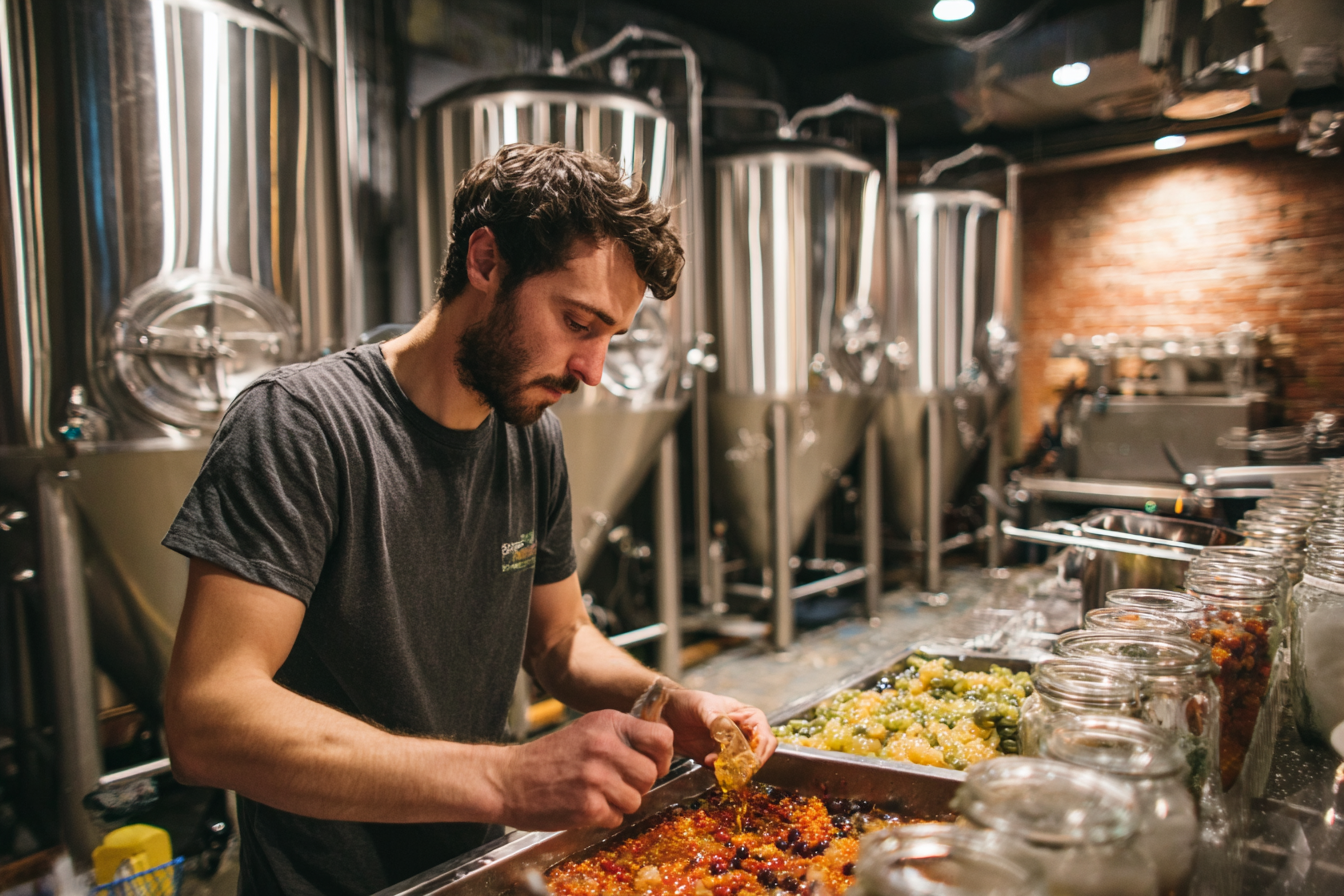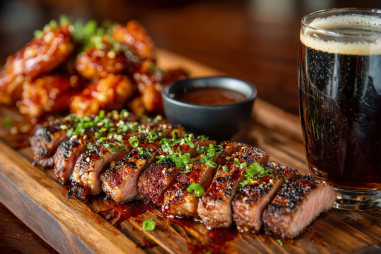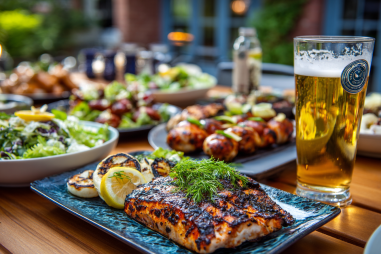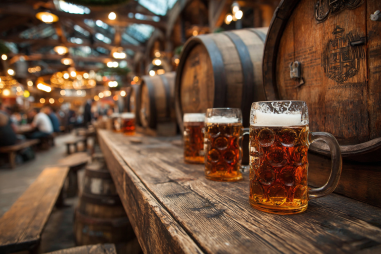Brewing American sour beers is an exciting journey that combines creativity and precision. These tangy, refreshing brews have captured the hearts of beer enthusiasts around the world, thanks to their lively tartness and layered complexity. Whether you’re just dipping your toes into sour brewing or looking to refine your techniques, understanding the core methods and expert tips is key to mastering the craft. Let’s dive into the fascinating world of American sour brewing techniques and explore how pros achieve those distinctive flavors.
An Introduction to Sour Beer Brewing
Sour beers have a rich history spanning centuries, but American sour brewing has carved out its own identity with innovative blends of ingredients and techniques. Unlike traditional lagers or ales, sour beers undergo fermentation processes that introduce acidity, creating a bright, tart profile that can range from mildly puckering to mouth-scrunchingly sharp. The palette of sour styles includes Berliner Weisse, Gose, American Wild Ale, and Lambics-inspired creations, each showcasing unique souring methods and flavor nuances.
At its core, sour brewing is a balance between art and science—manipulating yeast, bacteria, fermentation conditions, and adjuncts to produce complex flavor layers and refreshing acidity. The process often requires patience and experimentation, but with the right approach, you can craft exceptional American sour beers that stand out in any lineup.
Overview of Souring Methods: Kettle Souring, Mixed Fermentation, Barrel Aging
Souring your beer can be accomplished by several primary methods, each with distinct characteristics and timelines. Understanding these will help you select the best approach for your brewing goals.
Kettle Souring
Kettle souring is perhaps the most accessible souring technique for home and small-scale brewers. It involves souring the wort prior to the boil, usually by introducing lactobacillus bacteria to the cooled wort and holding it at a specific temperature to encourage acid production. After reaching the desired tartness—typically within 24 to 48 hours—the wort is boiled to kill off the bacteria, then fermented with yeast. This method produces sour beers with clean, bright acidity and a shorter turnaround time, making it popular for Berliner Weisse and Gose styles.
Mixed Fermentation
Mixed fermentation involves pitching both traditional brewer’s yeast and wild yeast or bacteria that contribute sourness and complexity over a longer period. This style requires patience as flavors develop slowly during primary and secondary fermentation. The interaction of different microbes results in layers of acidity, funk, and complexity, often reminiscent of traditional Belgian lambics or American Wild Ales. Brewers carefully cultivate the balance between these organisms to achieve unique profiles, sometimes using commercial yeast blends or spontaneous fermentation.
Barrel Aging
Barrel aging is a time-honored technique in American sour brewing, often paired with mixed fermentation. Beers are aged in wooden barrels—such as oak—that may house resident cultures of wild yeast and bacteria. The porous nature of wood allows oxygen ingress and microflora activity, fostering the development of complex sour and funky notes. Barrel-aged sours can mature for months or years, absorbing character from both the wood and ambient environment. This approach is favored for producing deep, nuanced American sour beers with layers of tartness, funk, and richness.
The Role of Wild Yeast and Bacteria in Souring
Souring in beer is primarily driven by specific microbes beyond the standard brewer’s yeast (Saccharomyces cerevisiae). Wild yeast strains and bacteria contribute different acids and flavor compounds that create the sour, funky, and sometimes spicy notes cherished in these beers.
- Lactobacillus: This genus of bacteria produces lactic acid, which imparts a clean, milky sourness. Lactobacillus is the workhorse for many sour beers, especially in kettle souring.
- Pediococcus: Producing both lactic acid and other compounds like diacetyl, Pediococcus contributes deeper complexity and often requires longer aging to mellow.
- Brettanomyces: A wild yeast species responsible for the classic “funk” and earthy, barnyard notes in American sours. It works slowly and can metabolize complex sugars, adding layers of nuance.
- Other bacteria and yeast: Occasionally, microbes like Acetobacter introduce acetic acid (vinegar-like sourness) in controlled amounts, mainly in barrel-aged sours.
Mastering the use of these microbes requires understanding their behaviors, fermentation conditions, and how they interact with each other. This knowledge is essential for balancing sourness and flavor complexity without producing off-flavors or spoilage.
Use of Fruit and Other Adjuncts in American Sours
Adding fruit and adjuncts is a hallmark of American sour brewing, enhancing aroma, flavor, and complexity. Fruits can contribute acidity, sweetness, and a range of tastes—from tart cherries and raspberries to tropical mango or citrus. Adjuncts like spices, herbs, wood chips, or even hops may also be used creatively.
When incorporating fruit:
- Consider the timing: Fruit can be added during secondary fermentation, in barrels, or at packaging to preserve fresh flavors.
- Choose fresh, frozen, or pureed fruit depending on availability and desired impact.
- Adjust sugar content, since fruit adds fermentable sugars that may affect final balance and carbonation.
Adjuncts allow brewers to experiment with layers of complexity, from adding coriander or sea salt to Goses, to incorporating oak spirals for subtle tannins. The key is restraint and balance so that sourness remains the star.
Fermentation Temperature and Timing Considerations
Temperature and fermentation duration are critical factors in sour beer production. Different microbes thrive at various temperature ranges, which in turn affects acidity development and flavor profiles.
- Kettle souring temperatures typically range from 95°F to 120°F (35°C to 49°C), favoring lactobacillus activity while minimizing unwanted bacteria.
- Mixed fermentation
Timing varies widely depending on method and style:
- Kettle souring takes about 1–3 days.
- Mixed fermentation and barrel aging can range from several months to multiple years.
Patience pays off. Rushing sour beer fermentation often results in unbalanced or harsh acidity. Careful monitoring of pH and tasting during the process helps brewers decide when their beer is ready.
Common Challenges and How to Avoid Them
While sour brewing offers exciting flavor possibilities, it also presents hurdles that brewers must navigate.
- Contamination risk: Wild yeast and bacteria are tricky to control and can infect equipment. Strict sanitation protocols and dedicated sour gear help minimize unwanted cross-contamination.
- Over-souring: Excessive acidity can overpower the beer. Monitoring pH values and tasting regularly during souring phases prevents going too far.
- Off-flavors: Some microbes produce unwanted phenols or buttery notes (diacetyl). Proper microbial management, fermentation conditions, and aging help avoid off-flavors.
- Inconsistent results: Souring is inherently variable. Keeping detailed records of microbes, temperatures, and timing aids in replicating successful batches.
Many pro brewers emphasize the importance of controlled experimentation combined with patience to steadily improve sour brewing outcomes.
Crafting Exceptional American Sour Beers
Mastering American sour brewing techniques takes dedication but opens up a world of creative possibilities. From quick, bright kettle sours to deep, complex barrel-aged delights, these beers offer a unique sensory experience that few other styles match.
By understanding the roles of various souring methods, microbes, adjuncts, and fermentation strategies, you can tailor your brewing process to achieve the desired balance of tartness, funk, and flavor depth. Don’t be afraid to experiment with fruits, wood, and blended fermentations while keeping a keen eye on sanitation and timing.
With practice and passion, you’ll not only craft refreshing American sour beers that turn heads, but also gain rewarding insight into one of the most fascinating corners of the brewing world. Here’s to your next tangy masterpiece!







